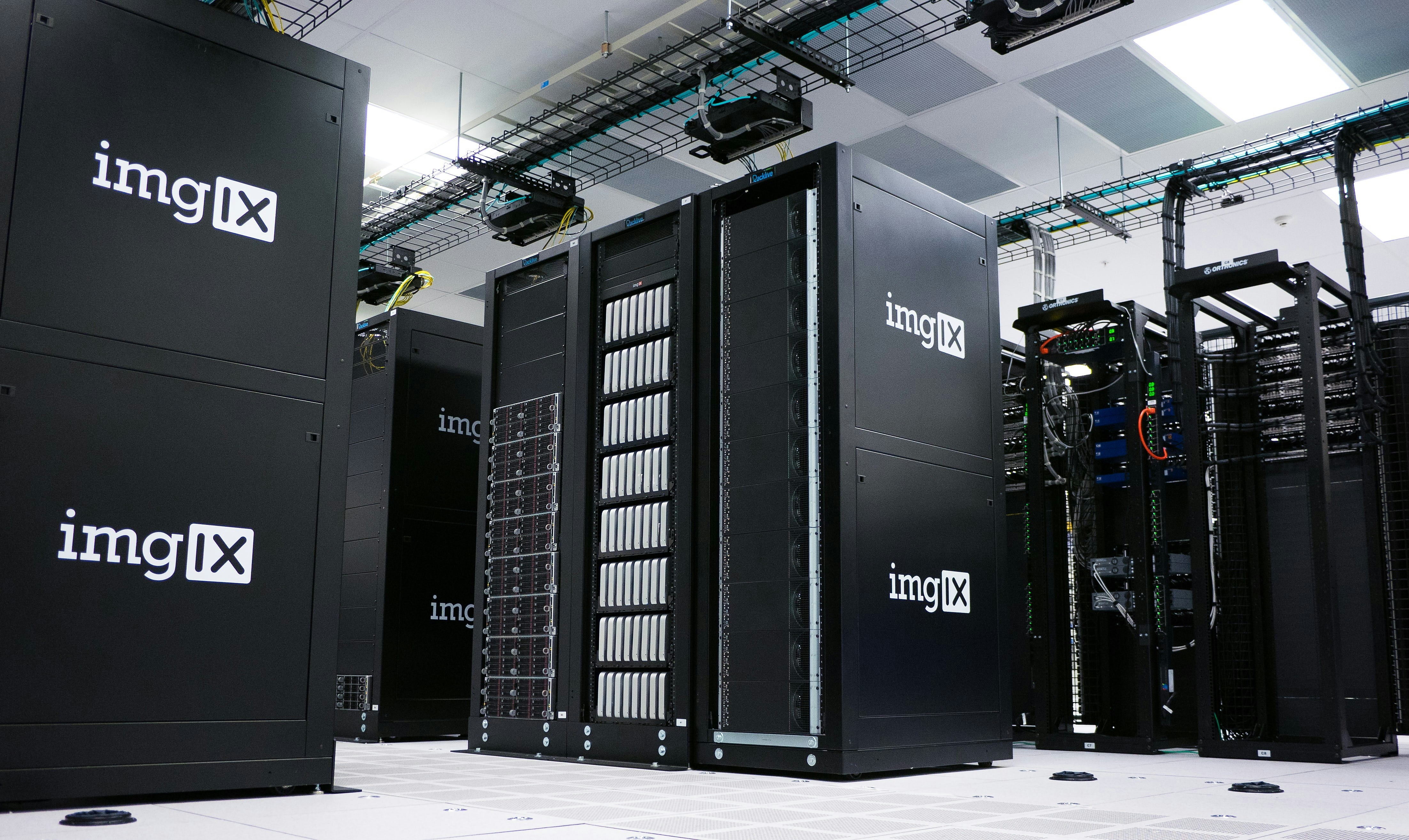Serverless Computing Advantages And Use Cases: Complete Guide, Features and Details
Serverless computing has emerged as a transformative paradigm in cloud computing, offering a compelling alternative to traditional server-centric approaches. It allows developers to focus solely on writing and deploying code without the burden of managing underlying infrastructure. This shift not only simplifies development workflows but also unlocks significant cost savings and scalability benefits. Understanding the core principles and diverse use cases of serverless computing is crucial for organizations looking to modernize their applications and optimize their cloud investments.
This article aims to provide a comprehensive guide to serverless computing, exploring its key advantages, common architectures, and a wide range of practical use cases. We’ll delve into the details of how serverless functions work, how they interact with other cloud services, and how they can be leveraged to build robust, scalable, and cost-effective applications. Whether you’re a seasoned cloud architect or a developer just starting to explore serverless, this guide will equip you with the knowledge you need to make informed decisions about adopting this powerful technology.

From event-driven architectures to microservices and beyond, serverless computing is reshaping the landscape of software development. By abstracting away the complexities of server management, it empowers developers to innovate faster and deliver value more efficiently. As we explore the advantages and use cases outlined in this article, you’ll gain a deeper appreciation for the potential of serverless to transform your organization’s approach to building and deploying applications.
What is Serverless Computing?
Serverless computing is a cloud computing execution model in which the cloud provider dynamically manages the allocation of machine resources. Pricing is based on the actual amount of resources consumed by an application, rather than on pre-purchased units of capacity. This means you only pay for the compute time your code actually uses, making it potentially more cost-effective than traditional server-based models.
Key Characteristics of Serverless Computing
- No Server Management: Developers don’t need to provision, manage, or scale servers. The cloud provider handles all the underlying infrastructure.
- Pay-per-Use: You only pay for the actual compute time your code consumes. There are no charges when your code is not running.
- Automatic Scaling: Serverless platforms automatically scale resources based on demand, ensuring your application can handle varying workloads without manual intervention.
- Event-Driven: Serverless functions are typically triggered by events, such as HTTP requests, database updates, or messages from a queue.
Advantages of Serverless Computing
The adoption of serverless architecture brings a multitude of advantages, impacting various aspects of software development and operational efficiency.
Reduced Operational Overhead
One of the most significant benefits of serverless computing is the reduced operational overhead. Developers no longer need to spend time managing servers, patching operating systems, or configuring infrastructure. This frees up valuable time and resources that can be focused on building and improving the application itself. The cloud provider takes care of all the undifferentiated heavy lifting, allowing developers to concentrate on writing code and delivering business value.
Cost Optimization
Serverless computing can lead to significant cost savings, especially for applications with fluctuating workloads. The pay-per-use model ensures that you only pay for the compute time your code actually consumes. This eliminates the need to pay for idle server capacity, which can be a major cost driver in traditional server-based environments. Furthermore, the automatic scaling capabilities of serverless platforms can help optimize resource utilization and further reduce costs.
Improved Scalability and Availability
Serverless platforms are designed to automatically scale resources based on demand, ensuring that your application can handle varying workloads without manual intervention. This eliminates the risk of performance bottlenecks and ensures that your application remains responsive even during peak traffic periods. The distributed nature of serverless architectures also enhances availability, as the platform can automatically recover from failures and ensure that your application remains online.
Faster Time to Market
The simplified development workflows and reduced operational overhead associated with serverless computing can significantly accelerate time to market. Developers can focus on writing code and deploying features without having to worry about the complexities of server management. This allows them to iterate faster and deliver new features to users more quickly. The reduced complexity also makes it easier to onboard new developers and get them up to speed on the project. Developing scalable and resilient systems often involves Cloud Native Applications, requiring a shift in architectural approach
Enhanced Developer Productivity
By removing the burden of server management, serverless computing empowers developers to focus on what they do best: writing code. This can lead to increased developer productivity and job satisfaction. Developers can spend more time building features, fixing bugs, and experimenting with new technologies, rather than dealing with the mundane tasks of server administration. This can also lead to higher quality code and fewer errors.
Common Serverless Architectures
Serverless computing can be used to build a variety of different application architectures, each with its own strengths and weaknesses.
Event-Driven Architectures
Event-driven architectures are a natural fit for serverless computing. In this model, functions are triggered by events, such as HTTP requests, database updates, or messages from a queue. This allows you to build loosely coupled, highly scalable applications that can respond to changes in real-time. Examples include processing image uploads, sending email notifications, and updating database records in response to user actions.
Microservices
Serverless functions can be used to implement microservices, which are small, independent, and self-contained services that can be deployed and scaled independently. This allows you to build complex applications by composing together a set of smaller, more manageable services. Serverless microservices can be deployed and scaled independently, making it easier to manage and update your application.
Web Applications
Serverless computing can be used to build web applications, both static and dynamic. Static web applications can be served directly from a serverless storage service, such as Amazon S3 or Google Cloud Storage. Dynamic web applications can use serverless functions to handle API requests, process form submissions, and generate dynamic content. This allows you to build scalable and cost-effective web applications without the need to manage servers.
Data Processing Pipelines
Serverless functions can be used to build data processing pipelines, which are used to transform and analyze large datasets. Functions can be triggered by new data arriving in a storage service, such as Amazon S3 or Google Cloud Storage. They can then process the data and store the results in a database or data warehouse. This allows you to build scalable and cost-effective data processing pipelines without the need to manage servers.

Serverless Computing Use Cases
The versatility of serverless computing makes it suitable for a wide array of use cases across various industries.
Web and Mobile Backends
Serverless is ideal for building backends for web and mobile applications. Functions can handle API requests, authenticate users, and interact with databases. The automatic scaling ensures the backend can handle fluctuating user traffic without any manual intervention. This reduces operational overhead and allows developers to focus on building the frontend experience.
Real-time Data Processing
Serverless functions are excellent for processing data in real-time. They can be triggered by events such as new data arriving in a stream or a database update. This allows for immediate processing of data, enabling use cases like fraud detection, anomaly detection, and personalized recommendations.
Chatbots and Voice Assistants
Serverless functions can power the logic behind chatbots and voice assistants. They can process user input, interact with APIs, and generate responses. The pay-per-use model is particularly advantageous for these applications, as they may experience periods of low activity.
IoT (Internet of Things)
Serverless computing can be used to process data from IoT devices. Functions can be triggered by data streams from sensors and other devices. They can then analyze the data and trigger actions based on pre-defined rules. This enables use cases like smart home automation, predictive maintenance, and environmental monitoring.
Media Processing
Serverless functions are well-suited for media processing tasks such as image resizing, video transcoding, and audio analysis. They can be triggered by new media files being uploaded to a storage service. This allows for automated processing of media files without the need for dedicated servers.
Scheduled Tasks (Cron Jobs)
Serverless platforms can be used to run scheduled tasks, such as database backups, report generation, and data cleanup. These tasks can be triggered by a scheduler, ensuring they run at the desired time intervals. This eliminates the need for dedicated servers to run these tasks.
Challenges and Considerations
While serverless computing offers numerous advantages, it’s important to be aware of potential challenges and considerations before adopting it.
Cold Starts
A “cold start” occurs when a serverless function is invoked for the first time or after a period of inactivity. The platform needs to allocate resources and initialize the function, which can introduce latency. This can be a concern for latency-sensitive applications. Strategies to mitigate cold starts include keeping functions warm (pinging them periodically) and optimizing function startup time. Effective resource management is essential, Cloud Cost Optimization enabling businesses to maximize their return on investment
Debugging and Monitoring
Debugging and monitoring serverless applications can be more challenging than traditional applications. The distributed nature of serverless architectures makes it harder to trace requests and identify performance bottlenecks. Specialized tools and techniques are often required to effectively debug and monitor serverless applications.
Vendor Lock-in
Serverless platforms are often proprietary, which can lead to vendor lock-in. It’s important to choose a platform that meets your needs and to be aware of the potential limitations. Consider using open-source frameworks and tools that can help you avoid vendor lock-in.
Security
Serverless applications are subject to the same security risks as traditional applications. However, the distributed nature of serverless architectures can introduce new security challenges. It’s important to implement appropriate security measures, such as authentication, authorization, and input validation.
Testing
Testing serverless functions can be challenging, especially integration testing. It’s important to develop a comprehensive testing strategy that includes unit tests, integration tests, and end-to-end tests. Consider using testing frameworks that are specifically designed for serverless applications.

Conclusion
Serverless computing represents a significant evolution in cloud computing, offering compelling advantages in terms of operational efficiency, cost optimization, scalability, and developer productivity. Its diverse use cases span various industries and application types, making it a valuable tool for organizations looking to modernize their applications and accelerate innovation. However, it’s crucial to carefully consider the potential challenges and implement appropriate strategies to mitigate them. By understanding the core principles, advantages, and limitations of serverless computing, organizations can make informed decisions about adopting this powerful technology and unlock its full potential.
As the serverless ecosystem continues to mature, we can expect to see even more innovative use cases and advancements in tooling and frameworks. Embracing serverless computing can be a strategic move for organizations seeking to gain a competitive edge in today’s rapidly evolving digital landscape.
Frequently Asked Questions (FAQ) about Serverless Computing Advantages and Use Cases
What is Serverless Computing Advantages and Use Cases?
Serverless Computing Advantages and Use Cases is a topic that many people search for information about. This article provides comprehensive and reliable information about Serverless Computing Advantages and Use Cases to help you understand it better.
Why is Serverless Computing Advantages and Use Cases important?
Serverless Computing Advantages and Use Cases has an important role because it can help you get the information you need. Understanding Serverless Computing Advantages and Use Cases will provide benefits and advantages for you. Understanding the future of technology requires examining how Cloud Computing Trends are shaping the digital landscape
How can I get more information about Serverless Computing Advantages and Use Cases?
For more information about Serverless Computing Advantages and Use Cases, you can read the complete article above or contact relevant official sources. We also recommend that you always update your information as details can change over time.






